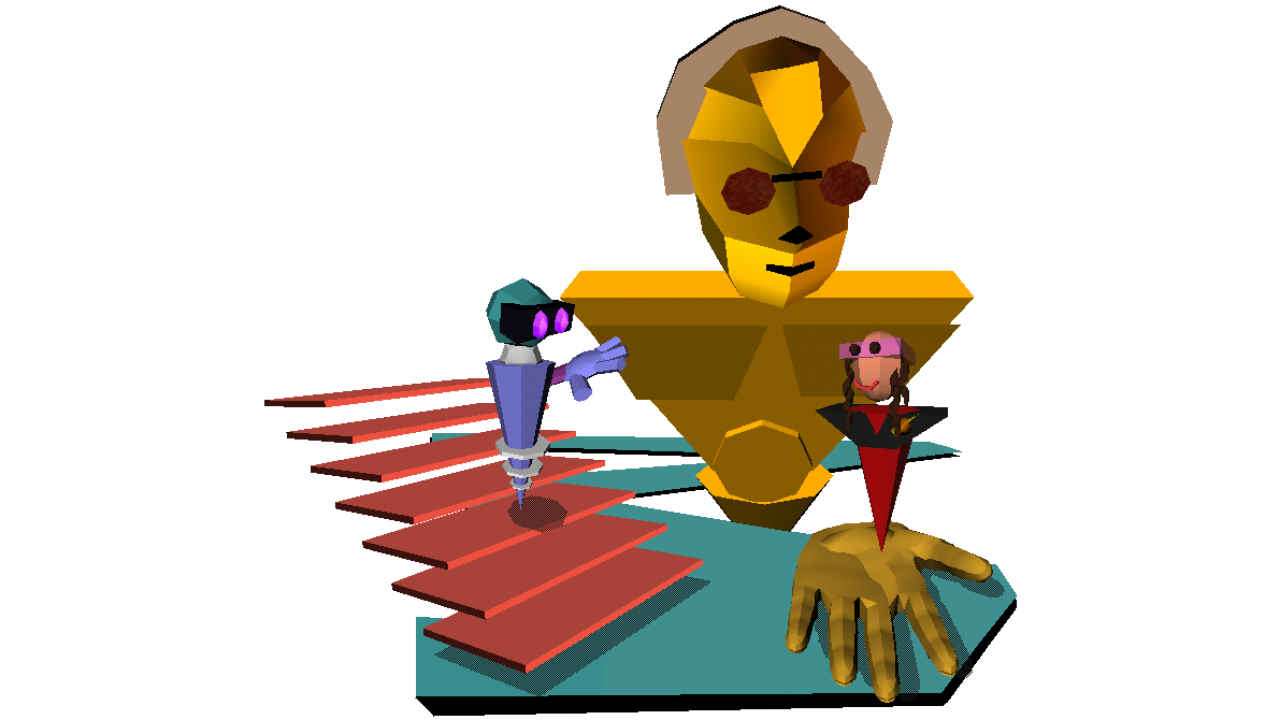|
|
||||||||||||||||||
CALVIN: Collaborative Architectural Layout Via Immersive Navigation
Researchers: Andrew Johnson, Christina Vasilakis, Jason Leigh, Thomas A. DeFanti, Michael Kelley, Bruce Gibeson, Steve Grinavic
URL: http://www.evl.uic.edu/spiff/calvin Funding: DoE One of the current long term goals at the Electronic Visualization Laboratory (EVL) is to create a persistent virtual environment enabling multiple transcontinentally-situated participants to apply collaborative Virtual Reality (VR) over high-speed and high-bandwidth networks connected to heterogeneous supercomputing resources and large data stores. CALVIN is an application which addresses many of the issues and techniques required to achieve such a virtual environment. Created for architectural layout design of octagonal tactical stations, called Octmods, used to construct Advanced Research Project Agency’s Enterprise room in Arlington, Virginia, the techniques used in CALVIN can be extended to other domains such as scientific visualization. Demonstrated in the GII Testbed of Supercomputing ’95, as “A Multi-Perspective Approach to Collaborative Design in Persistent Networked Virtual Environments”, the approach was to create a persistent virtual world, like for example, a virtual laboratory that remote collaborators could enter and leave at will to collectively work on a design or visualization project. Unlike other virtual environments that present the same view to all its participants, this approach provided each participant with his / her own perspective that visualized the information in a manner most relevant to their area of expertise. For example in the field of architectural design two collaborators might be an architect and a mechanical engineer. While the architect is more concerned with aesthetic issues of the design, the engineer might be more interested in stress analysis of the design. Although they share the same virtual world, the representations of the architecture they see should be decidedly different so that information relevant to each expert can be appropriately depicted. Many of the applications in the GII Testbed focused on connecting supercomputing resources to VR devices to visualize data from specific scientific problem domains. CALVIN, however, focused on researching the techniques required to support general collaborative work in persistent virtual environments. These techniques include providing: representations for virtual co-presence; video and audio teleconferencing; virtual VR interfaces; and database technology for sustaining persistence in virtual worlds. Email: spiff@evl.uic.edu Date: January 1, 1994 - January 1, 1996 |